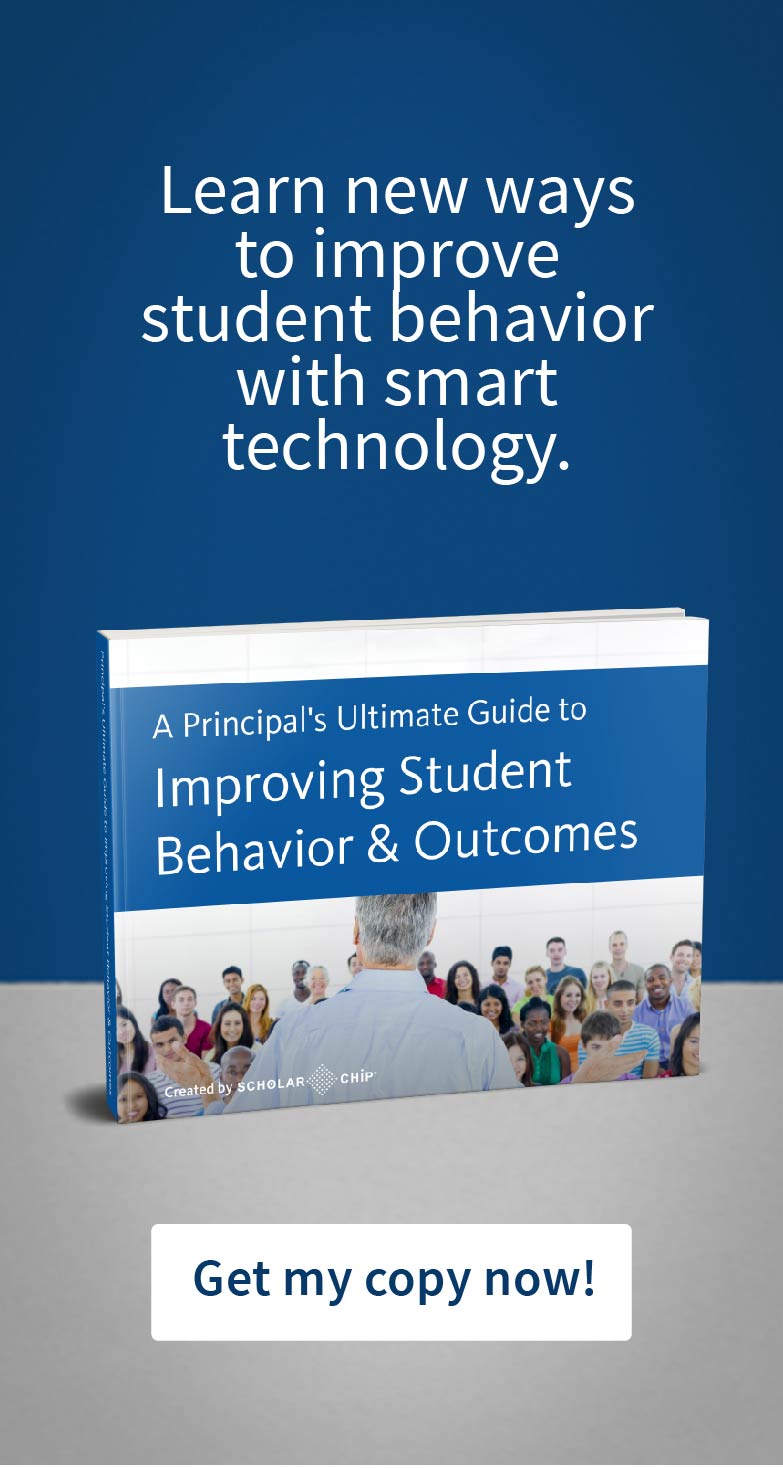A data management system that integrates student behavior monitoring with institution-wide analytics can simplify one of your most daunting tasks as an administrator—creating a school performance profile. In this post, we’ll show you the steps for creating an insight-rich school performance profile along with the most efficient way to manage your data over time.
The School Performance Profile: Here’s What Really Matters
Nationally, school performance profiles (SPPs) may vary in form and level of significance in institutional assessment. Yet, even as some educational authorities move away from traditional scoring methods as a measure of school success, the need for rich, accurate data remains. Here are three steps to take when designing your school performance profile:
Pro tip: Identify your key data reporting objectives in monitoring school performance and focus on capturing a full data set.
Monitor student behavior over time along with academic outcomes.
Pro tip: Develop a long-term data management plan that is comprehensive and agile enough to adapt to future changes in reporting requirements in your state.
Simple access a holistic portrait of aggregate student development over time is critical to the creation of an accurate SPP. That means individual student behavioral reports should be integrated with institution-wide academic performance data and readily available for analysis.
Use a data collection method that automates data integration from all relevant institutional sources—from classroom attendance records to grade reports—into a single dashboard.
Review and track educational and behavioral intervention results.
While clean data collection is important, even the most accurate data cannot be transformed into actionable insights without context. Ensure that patterns in academic and behavioral intervention results are recorded just as copiously as real-time data. Mapping the intervention process is essential for long-term academic strategy building and SPP authenticity.
Be certain that you have a clear portrait of methods and categories of interventions that produced results, positive or negative before creating your SPP.
Show historical points of strength and improvement over a full spectrum of student outcomes.
With critical data in hand, developing a stellar SPP can be a painless process. Use accumulated data to show evidence of results improvement and/or points of developing strength in your institution’s performance history.
SPPs rarely reflect the “big picture” in its entirety. Be sure to enrich your SPP with data that shows how your institution is using new insights to effect lasting positive change.
Taking Control of Performance Data: How to Manage and Generate Insights Automatically
Pro tip: Ensure that your data is collected “cleanly” and in real time.
Wrangling data is always a challenge, even for the most experienced IT teams. The best way to manage educational information is by using a sophisticated analytics system that employs real-time data from multiple sources, such as identity management systems and administrator reports, to create accurate insights into possible outcomes.
Use your SPP to present a powerful narrative about your institution’s educational quality strategy using a range of rich data to craft a comprehensive portrait.
5 Steps to Creating a Data-Rich School Performance Profile Painlessly
1. Want a painless SPP creation process? First start with the right data. From classroom attendance to behavior tracking, make sure your school data is comprehensive and derived directly from the source.
2. Focus your reports on providing context for the data sets that matter most, using real-time and historical data to present a clear narrative about your institution’s performance.
Pro tip: Streamline analytics access so that multi-sourced insights can be viewed and distributed easily in a user- friendly format.
3. Even if you have a great data management strategy, another significant challenge in creating your SPP will be handling the integration of insights from disparate sources into your performance summary. Don’t neglect external data that can enhance your SPP presentation.
Pro tip: Choose a data platform that allows you to integrate third-party data from leading platforms like PowerSchool®, Infinite Campus, and other popular SIS programs.
4. Understand how states develop SPP evaluation guidelines and map your presentation to their imperatives.
- Illustrate points of symmetry between your state’s theory of action and your school’s strategy to improve educational outcomes.
- Enhance your SPP presentation by using data visualizations creatively to underscore points where educational and student behavioral benchmarks were met.
- Distinguish raw data and supportive research from data summary highlights with a separate section detailing how your findings were compiled.
- Make sure that your SPP is user-friendly and simple to access and share.
- Provide visual context to negative performance data by referencing current and planned intervention actions.
5. Use a digital platform that manages all of your data and resource-intensive administrative tasks for you.
ScholarChip provides integrated identity management, performance tracking, and school automation services. We free your staff from administrative tasks that can interrupt school management and limit one-on-one time with students seamlessly. ScholarChip allows you to:
- Access real-time data portraits of school performance on-demand.
- See a full-system overview of aggregate academic, behavioral, and organizational patterns over time from a single dashboard.
- Control school automation processes from a central admin panel.
ScholarChip offers a solution called Alternative Behavior Educator (ABE). This innovative program enables counselors to identify, monitors, and improve student behavior throughout a student’s career, while giving administrators and teachers powerful data-driven reports that quickly flag at-risk students, help monitor and chronicle progress, and support decision-making tasks. The ScholarChip system incorporates the complete spectrum of behavior and integrates student rewards, interventions, and tracking with PowerSchool®, Infinite Campus, and other popular SIS platforms.
ScholarChip empowers administrators to focus human resources on their institution’s educational mission, rather than resource-intensive management tasks and data management. Learn more about ScholarChip’s data management solutions.

